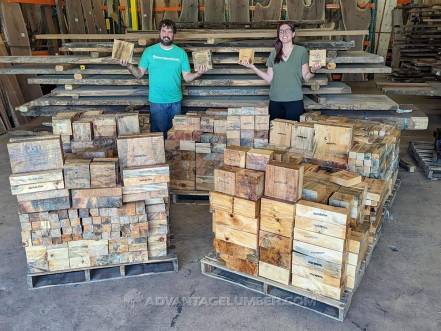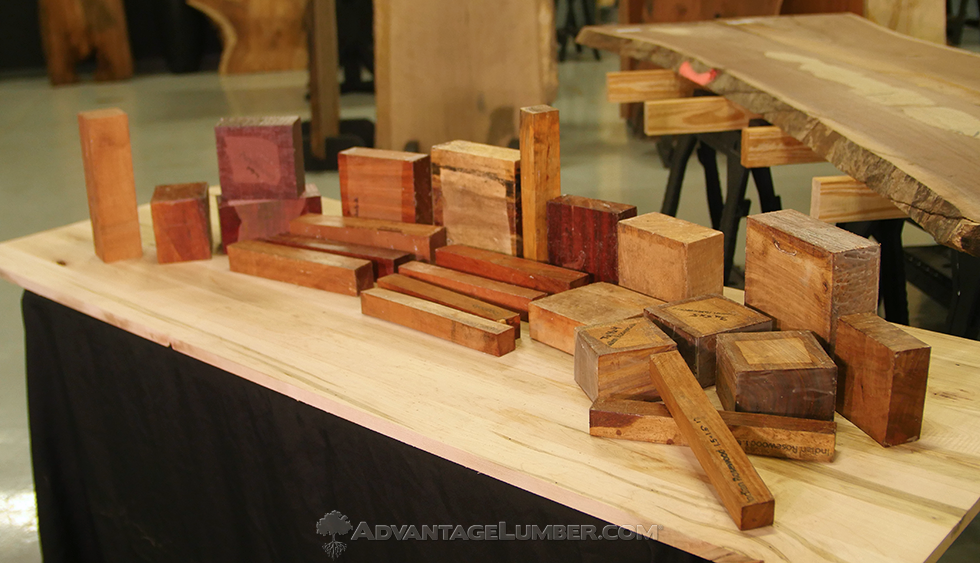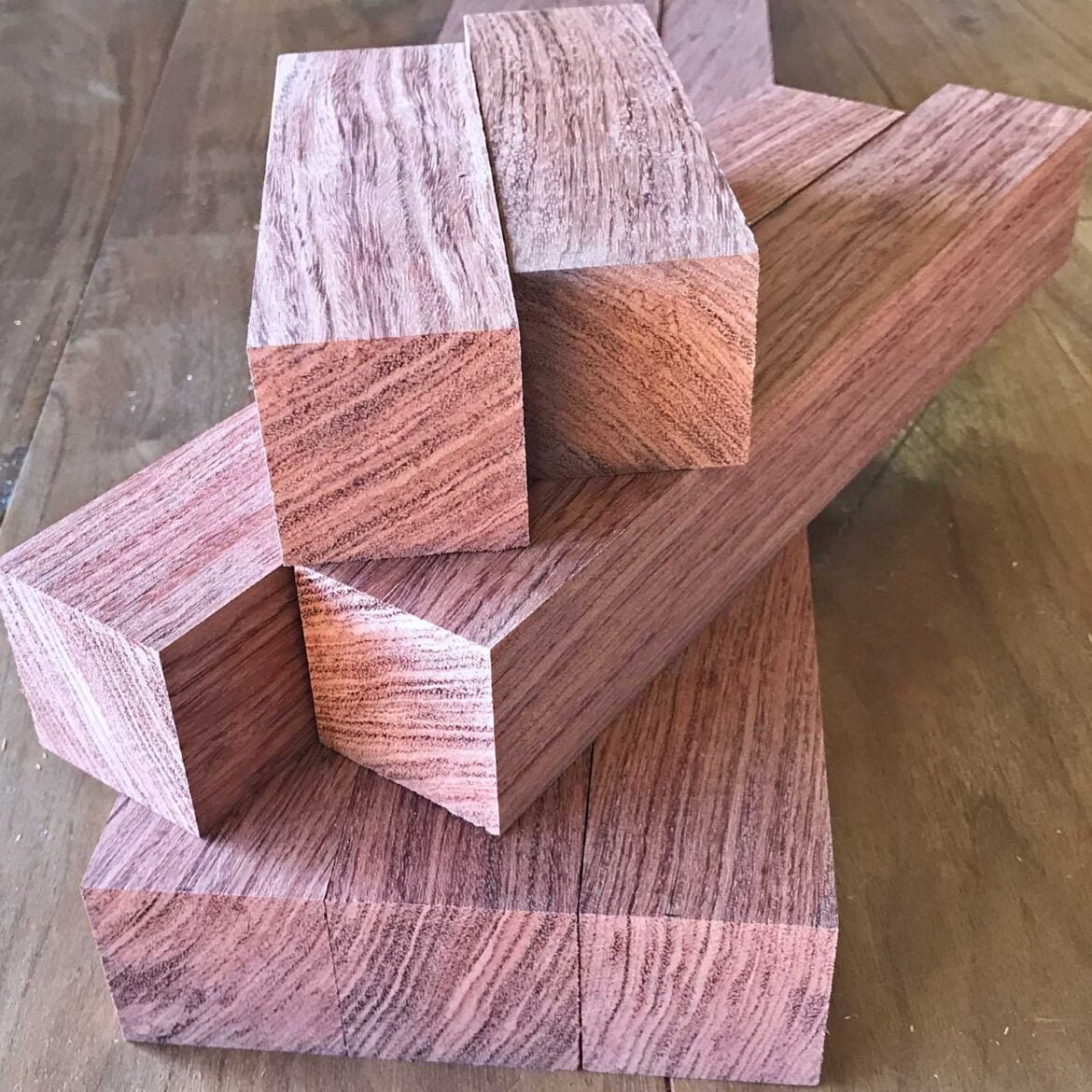Table of Contents
Turning lumber involves shaping raw wood into desired forms using various tools and techniques. It requires skill and precision.
Woodturning, an age-old craft, transforms raw timber into functional or decorative items. This process involves mounting wood on a lathe, then shaping it with hand-held tools. Artisans create bowls, spindles, and intricate designs, each showcasing unique grain patterns. Practicing woodturning enhances fine motor skills and creativity, making it a fulfilling hobby or profession.
Sustainable practices in sourcing wood ensure eco-friendliness. Aspiring woodturners should prioritize safety by using protective gear and maintaining sharp tools. Engaging in this craft not only yields beautiful creations but also provides a meditative, rewarding experience.
The Essence Of Woodworking
Woodworking has been around for thousands of years. Ancient people used wood to create tools, shelter, and art. This craft showed their skill and creativity. Woodworking is a link to our past. It connects us with those who came before us. Many traditional techniques are still used today. These methods have stood the test of time.
Today, woodworking combines old and new methods. Modern tools make the work faster and more precise. Technology helps in designing and crafting pieces. Yet, traditional skills remain important. Woodworkers still use chisels and hand saws. This blend creates unique and beautiful items. The essence of woodworking is a mix of history and progress.
Selecting The Right Timber
Quality lumber has a straight grain and is free of knots. The wood should be dense and hard. It should also be resistant to decay and insects. Always choose lumber that is well-seasoned and dry. Wet wood can warp and shrink. Uniform color is a sign of good quality. Avoid lumber with cracks or splits. These can weaken the wood.
Choose lumber from sustainably managed forests. Look for certification labels like FSC or PEFC. These labels ensure the wood is sourced responsibly. Avoid wood from endangered trees. This helps to protect our forests. Using recycled wood is also a good option. It reduces the need for new timber. Always ask your supplier about their sourcing practices. This ensures you get eco-friendly lumber.
Tools Of The Trade
Woodworkers need saws to cut lumber. A table saw is a great choice for straight cuts. Band saws help with curved cuts. Chisels are perfect for fine details. Clamps hold pieces in place. Drills create holes for screws and bolts. A good set of screwdrivers is essential. Sanders smooth rough edges.
Clean tools after each use. Remove dust and debris. Keep tools dry to avoid rust. Sharpen blades and bits regularly. Oil moving parts to prevent wear. Store tools in a dry place. Use protective covers if possible. Regular maintenance ensures tools last longer.

Credit: www.advantagelumber.com
From Raw To Refined
Transforming raw lumber into refined wood products involves precision and craftsmanship. Skilled artisans shape, cut, and polish timber, creating valuable materials for construction and furniture.
The Process Of Shaping Wood
Shaping wood starts with selecting the right piece. The wood is then cut to the needed size. Using saws, the pieces are trimmed. Sanding smooths the rough edges. Each piece is checked for flaws.
Next, the wood is measured carefully. Precision tools help in this step. Markings guide the cuts. Chisels and planes shape the wood further. The goal is a perfect fit.
Techniques For Achieving Precision
Measuring tools are key for accuracy. Calipers measure thickness. Squares ensure right angles. Clamps hold pieces steady. Jigs guide repetitive cuts.
Sharpening tools is crucial. Dull tools can cause mistakes. Practice improves skills. Patience leads to better results.
Finishing Touches
Crafting lumber into beautiful pieces requires precision and skill. Sanding and polishing add the perfect finishing touches, showcasing the wood’s natural beauty.
Choosing The Right Finish
There are many finishes to choose from. Some finishes are oil-based. Others are water-based. Oil-based finishes are more durable. Water-based finishes dry faster. They are also better for the environment. Wax gives a soft, natural look. Polyurethane gives a strong, protective coat. Choose the finish based on your needs.
Application Tips For Durability And Aesthetics
Apply thin coats of finish. Let each coat dry completely. Sand lightly between coats. This makes the surface smooth. Use a brush or a cloth to apply the finish. Work in a dust-free area. Dust can ruin the finish. Follow the manufacturer’s instructions. This ensures the best results.

Credit: www.cherokeewood.com
The Art Of Joinery
There are many types of wood joints. Each joint has its own use. Some are strong and some are simple. The most common joints are the butt joint, dovetail joint, and mortise and tenon. A butt joint is easy to make but not very strong. A dovetail joint is very strong and looks nice. A mortise and tenon joint is very strong and used in furniture.
Wood joints add strength and beauty. Good joints make furniture last longer. A strong joint can hold heavy things. A beautiful joint can make furniture look pretty. The dovetail joint is both strong and beautiful. The mortise and tenon joint is very strong. It is often used in chairs and tables. The butt joint is not very strong but is easy to make. Each joint has its own place in woodworking.
Creating Custom Woodworks
Crafting unique wood pieces is an art. Each piece starts with a special design. Woodworkers use sketches and models to plan. They choose the right wood for each project. Sometimes, they add special features. These can be engraving or inlays. The goal is to make something that stands out. Every design is one of a kind. It reflects the craftsman’s skill and creativity.
Clients play a big role in custom projects. They share their ideas and needs. Woodworkers listen and give suggestions. This helps create the perfect piece. Meetings are common for discussing details. Sometimes, clients visit the workshop. They see the progress and give feedback. This makes sure the final product matches their vision. Collaboration leads to satisfaction and unique results.
Preservation Of Wood Creations
Keep wood products away from water and moisture. Always use coasters under drinks. Dust wood surfaces with a soft cloth. Polish wood items twice a year. Avoid placing wood near heat sources. Use gentle cleaners for wood surfaces. Protect wood from direct sunlight. Store wood products in a cool place. Rotate wood items to avoid uneven wear.
Clean antique wood with mild soap and water. Dry the wood thoroughly with a soft cloth. Use wood fillers for small cracks. Sand the surface lightly for smoothness. Apply a fresh coat of varnish or stain. Use a wood conditioner before staining. Repair loose joints with wood glue. Replace missing parts with similar wood. Avoid harsh chemicals on antique wood. Consult a professional for major repairs.

Credit: www.advantagelumber.com
Frequently Asked Questions
What Is Lumber Turning?
Lumber turning is a woodworking process. It involves shaping wood using a lathe. This technique creates cylindrical objects.
How To Start Lumber Turning?
Begin with basic tools and safety gear. Learn the lathe operation and practice simple projects. Gradually move to complex pieces.
What Tools Are Needed For Lumber Turning?
Essential tools include a lathe, chisels, and safety gear. Additional tools like gouges and scrapers enhance precision.
Is Lumber Turning A Safe Activity?
Yes, it’s safe with precautions. Always use safety gear and follow proper techniques to prevent accidents.
Conclusion
Mastering the art of turning lumber can enhance your woodworking projects. With practice, your skills will improve. Focus on safety and precision. Use quality tools for the best results. Turning lumber can be both rewarding and creative. Dive in and enjoy the process of transforming raw wood into beautiful pieces.
